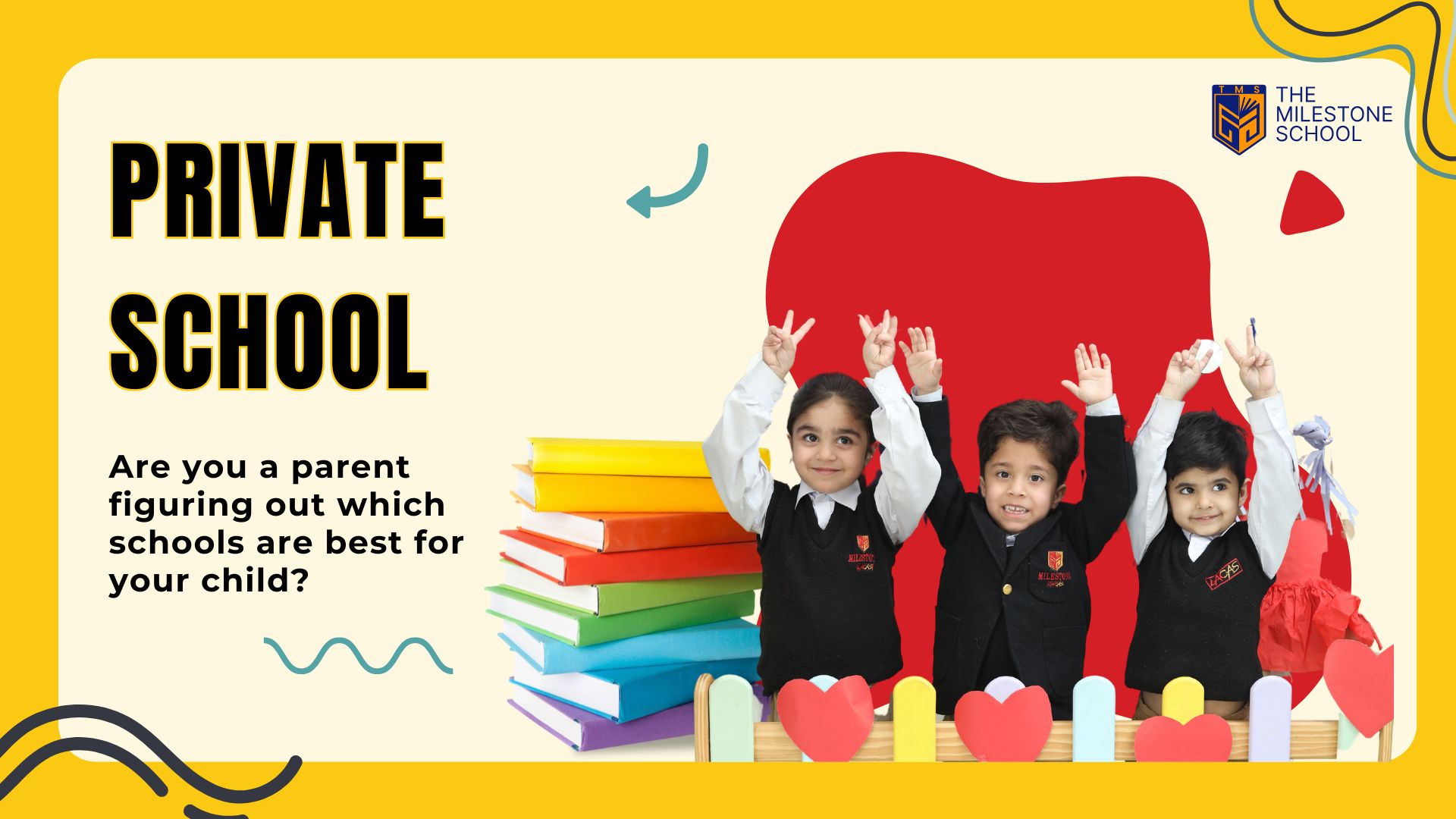Private School Surge in Pakistan
Are you a parent figuring out which schools are best for your child? For a parent, it can be very daunting. Parents and caregivers have many choices for new independent schools emphasizing modern teaching techniques, advanced education, and extracurricular activities, only further complicating their decisions.
This guide will help you to expertly negotiate the Pakistan Private School scene and ultimately make wise and better-informed choices about your child’s education.
Why Private Schools in Pakistan stand out from the rest?
Private schools in Pakistan have completely changed the game! Top-notch instructors, state-of-the-art classrooms, and creative training methods set the new norm for education in Pakistan in private schools. Parents generally view them as the best option since they offer foreign-accepted curricula, varied curricula, and extracurricular opportunities.
What makes Private schools stand out? Private schools are a desired option because of their organized curriculum, contemporary teaching techniques, and experienced staff. A well-rounded education stressing extracurricular participation and international curriculum exposure is what private schools depend upon. Some kids excel under the individualized attention at a private school, whereas others battle with math in a crowded public school.
What Sets Private Schools Apart?
- Offer Matric, O Level, A Level, and IB curriculum choices.
- Encourage conceptual learning instead of rote memorization.
- Use technology-integrated teaching to enhance engagement.
- Provide sports, arts, and leadership programs for personal development.
- Maintain strict academic monitoring to help students excel.
Private schools focus on nurturing students beyond academics, preparing them for both local and international opportunities.
A Look at Primary Education in Pakistan
Have you ever questioned why some children start to love learning early while others find it hard? Everything begins with a strong foundation in primary school! Primary school sets the basis for a child’s education, building their reading, writing and problem-solving skills.
Structure of Primary Schooling:
- Grades 1 to 5 (Ages 5–10)
- Subjects include English, Urdu, Math, Science, Social Studies, and Islamiat.
- Schools follow either Matric (local) or Cambridge (international) curricula.
- Teaching methods include interactive learning, hands-on activities, and digital tools.
Private schools help students to acquire strong critical thinking abilities from an early stage by encouraging them to participate in interactive and inquiry-based learning.
Secondary Education: A Stepping Stone to the Future
As students progress to middle school, they begin exploring more specialized subjects, setting the stage for future careers and further education.
Structure of Secondary Education:
- Middle School (Grades 6–8): Expands on core subjects with deeper concepts.
- High School (Grades 9–10): Students select either Matric (BISE) or O Level (Cambridge).
- Subjects include: Math, Science, English, Urdu, Islamiat, and optional subjects.
- Examinations: Managed by local education boards (Matric) or Cambridge International (O Level)
At this stage, families need to decide between the Matric and O Level tracks, depending on academic goals and future aspirations.
Higher Secondary Education: Navigating Career Choices
Sleepless nights, stressed parents and anxious children hoping to get high grades in higher secondary education are all common sights in these last two years of higher education. This is when things begin to get serious, and career prospects and choices start to appear on everyone’s radar. Students need to choose subjects that align with their interests and professional ambitions.
Academic Streams to Consider:
- FSc (Pre-Medical & Pre-Engineering): Best suited for students aiming for careers in medicine, engineering, or science.
- FA (Fine Arts & Humanities): Perfect for those passionate about literature, media, or social sciences.
- ICS (Computer Science): A suitable choice for students interested in programming, IT, and technology-driven careers.
- ICom (Commerce): Designed for those looking to build a future in business, accounting, and finance.
- A Levels: A flexible and internationally recognized program offering a wide range of subjects for global university admissions.
Consider what thrills your youngster the most—do they adore science projects or are they more drawn to art and narration? Choosing the best educational path should feel like opening doors to their dream jobs.
How to Choose the Right Educational System
Parents should consider these factors when selecting an academic system for their child:
- Curriculum: Does the school focus on conceptual learning or exam-based preparation?
- University Prospects: Which system provides better higher education opportunities locally and internationally?
- Affordability: International programs typically have higher tuition fees.
- Learning Environment: Some children thrive in structured settings, while others need flexibility.
Private schools offer a variety of academic options, ensuring that students receive an education that best suits their learning style and goals.
Time to make informed decisions
rivate institutions in Pakistan have raised the bar for academic standards extracurricular activitiesies through modern and internationally acclaimed learning methods. Choosing the proper school entails considering course options, instructional methods, and chances for future education.
Making a wise decision now can help your child’s future success regardless of whether they are fit for Matric, O Level, A Level, or IB.
Frequently Asked Questions
What is the difference between primary and secondary education?
Primary school (Grades 1–5) builds basic literacy and numeracy skills, while secondary school (Grades 6–10) strengthens subject knowledge and exam readiness.
What does secondary education include?
Secondary education includes middle school (Grades 6-8) and high school (Grades 9-10), with students selecting Matric or O Level curricula.
What is higher secondary education?
Higher secondary education covers Classes 11 and 12, where students specialize in science, arts, commerce, or A Levels
Why do parents prefer private schools?
Private schools offer better facilities, modern teaching methods, and internationally recognized curricula
Which is better, O Level or Matric?
O Level is globally recognized and emphasizes conceptual learning, while Matric is cost-effective and widely accepted by local universities.
How long does secondary school last in Pakistan?
It spans five years (Grades 6–10) before students move to higher secondary education (Grades 11–12).
Which system is best for university admissions?
Both A Levels and FSc are valid, but A Levels offer more flexibility for international studies.
How should parents decide between O Level and Matric?
Consider budget, university aspirations, and the child’s learning style. O Level suits students planning for international education, while Matric works well for those staying in Pakistan.
Selecting the right school can shape your child’s future. With the right information, you can ensure they get an education that sets them up for lifelong success!



